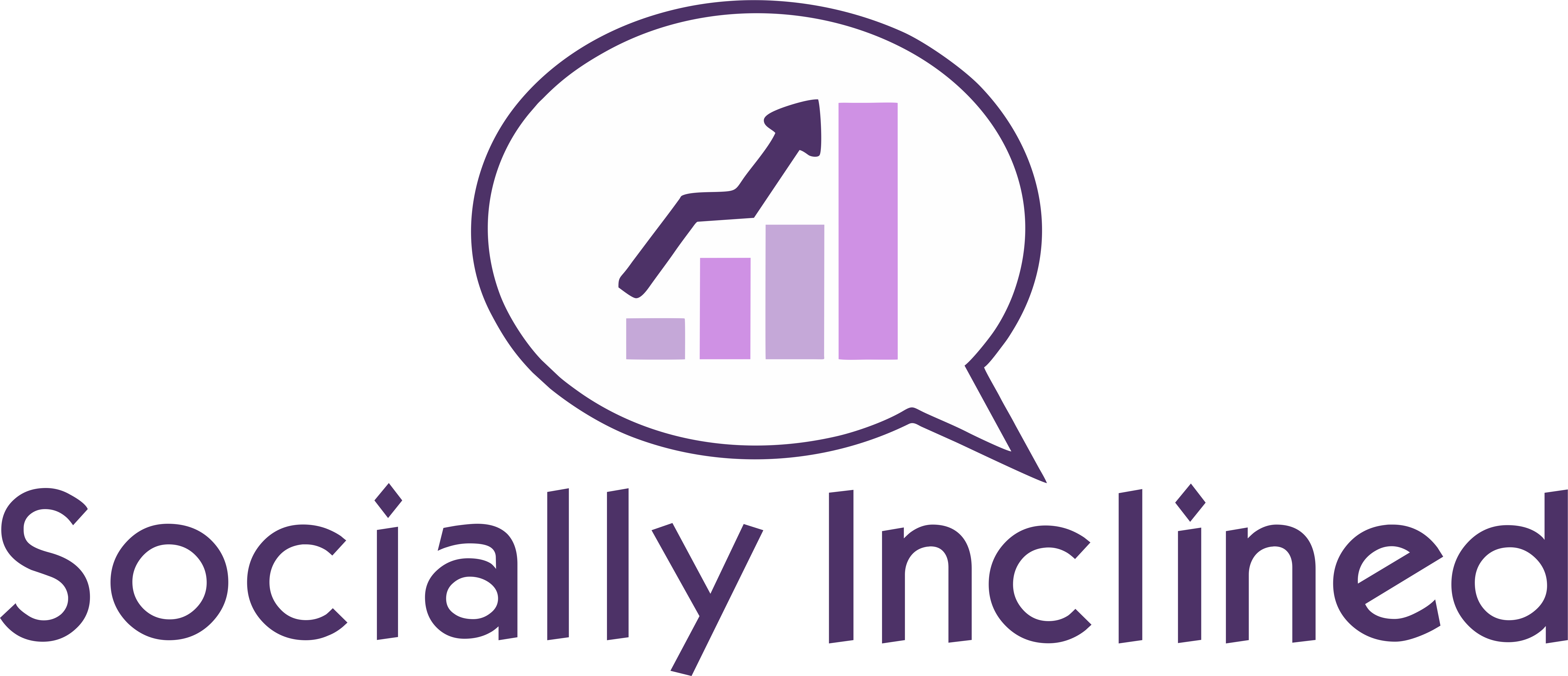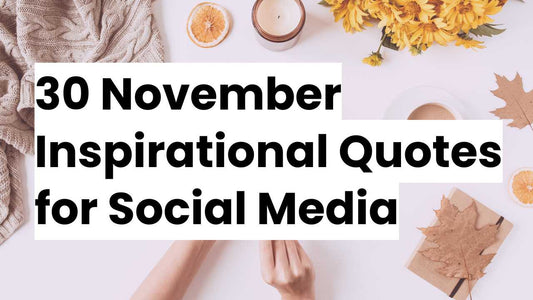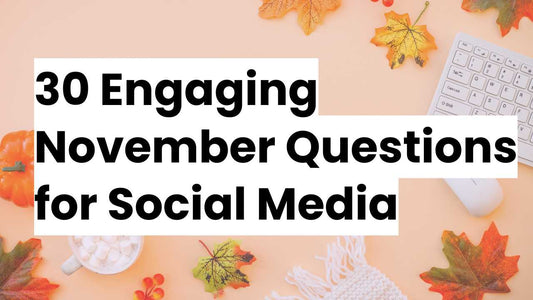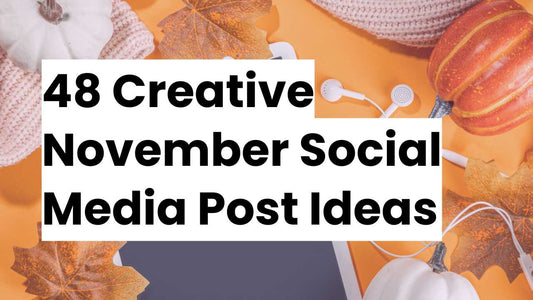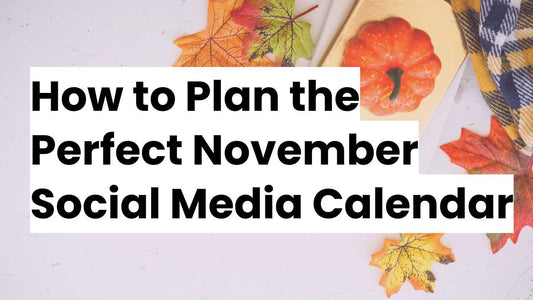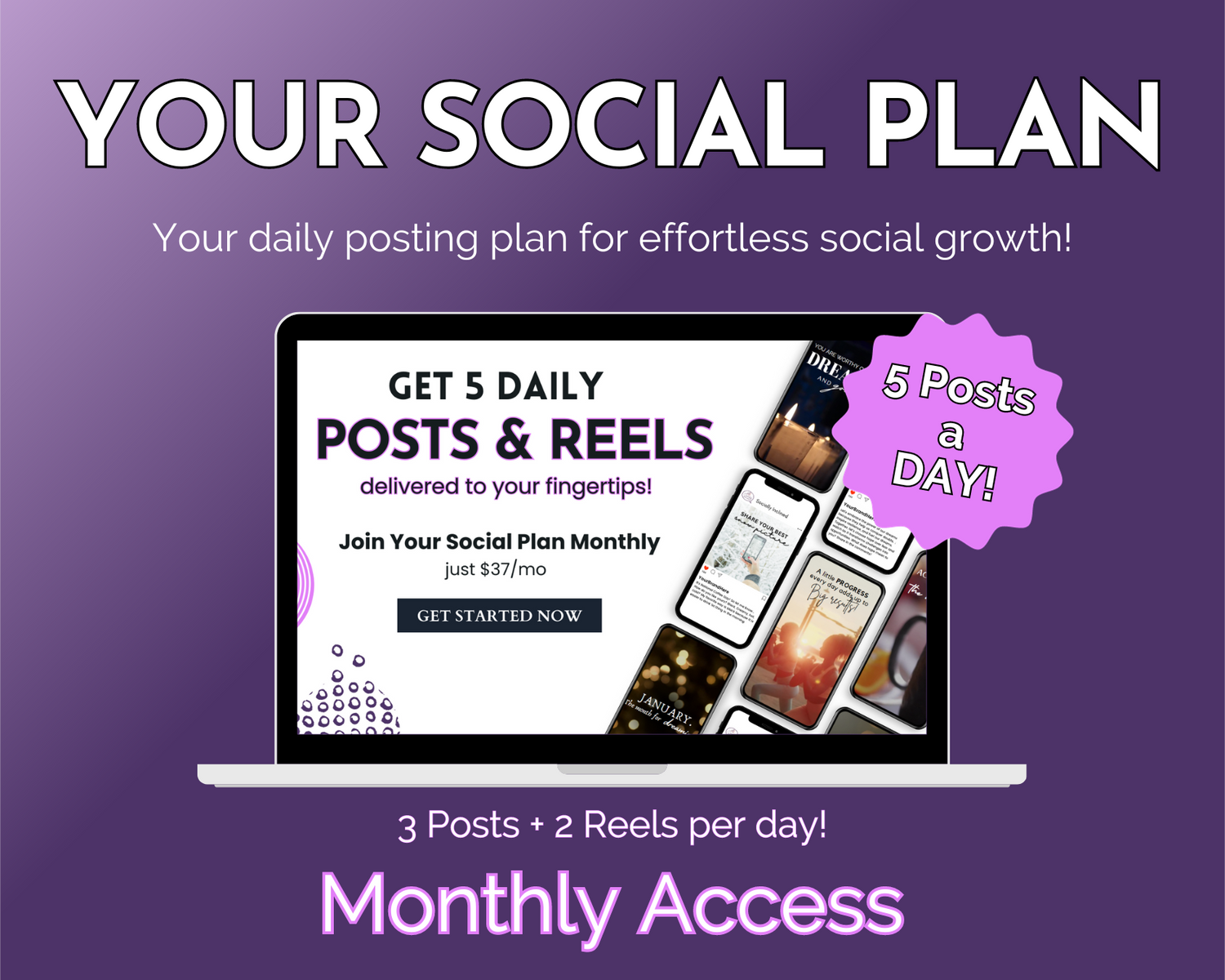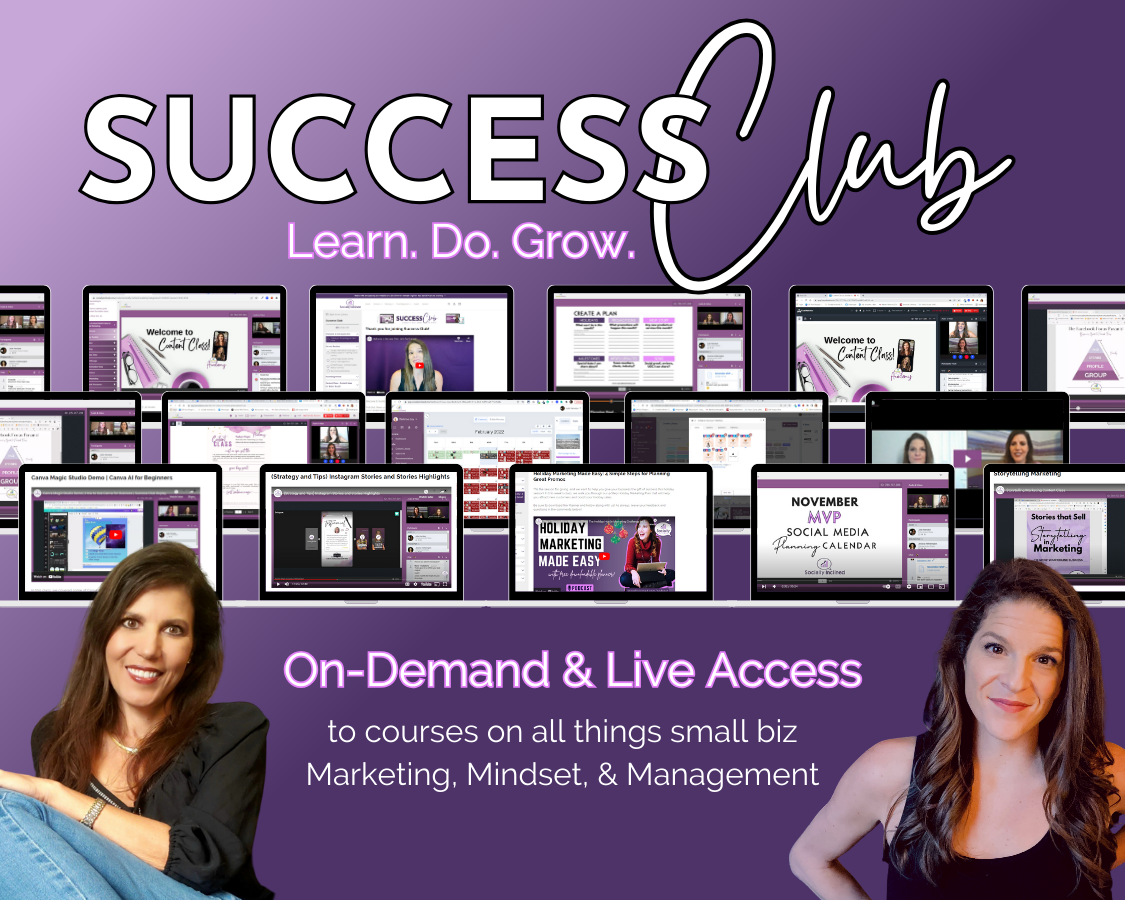Wouldn’t it be great if nobody ever unsubscribed from your list? It’s easy to fantasize about a world where every subscriber is a paying customer, and everybody loves you and your company forever.
That is a fantasy. Unsubscribes are a part of life in the world of email marketing. Sometimes people unsubscribe because they’re not in the market for your products or services. That can be a good thing because you won’t be paying to send emails to people who aren’t interested in what you’re selling.
But sometimes, people unsubscribe for other reasons. They could be in the market for your products – and they might buy them if your emails were engaging. If you have a high unsubscribe rate – the all-industry average is 0.1% -- and you want to change that, here are some methods to reduce your rate and keep your subscribers on the hook.
Stop Sending So Many (or So Few) Emails
How often are you emailing your subscribers? There’s a sweet spot that allows you to stay on their minds without irritating them.
I’ve sometimes subscribed to a list that emails me every day. That’s too much and I’m likely to unsubscribe, if only to keep my inbox under control. I’ve also had the reverse experience, where I sign up and the emails come so infrequently that by the time a message arrives, I’ve forgotten why I subscribed in the first place.
So, where is that sweet spot? I think the magic number is once a week. Send your emails on the same day and at the same time and subscribers will know what to expect and when to expect it.
Keep Your Emails Relevant to the Recipient
People are a lot less likely to hit that unsubscribe button at the bottom of your email if the emails you send them are relevant to them. That means two things: Segmentation and Personalization.
Segmentation involves sending an email only when it is relevant to the recipient. Some marketers allow subscribers to self-segment by selecting products and topics that interest them. Others segment based on past behavior. For example, someone who bought a particular product from you might get signed up to receive emails for related products.
Personalization is about making your subscribers feel seen and heard. It can be as simple as including their first name in an email and as complex as collecting birthdays and sending personalized greetings on their special day.
Either way, the point is that your subscribers don’t want to feel that you see them as numbers. They’re people and personalizing your emails can help them feel special.
Make Your Subject Lines Irresistible
Are people unsubscribing because they think your emails are boring? Maybe! Fortunately, there’s something you can do about it.
The subject line of your email is the recipient’s first impression of your email. If you have a dull subject line, they might not even open your email. If they do open it, they might not bother reading it – and opt to scroll down to the unsubscribe button instead.
The key, then, is to craft a snappy and irresistible subject line that will spark the recipient’s interest and make them want to open and read the email. Stay away from spammy words and instead, give them a short and sweet hint of what waits for them in the email itself.
Keep Your Content Interesting and Entertaining
Even with a compelling subject line, the content of your email can still fall short and prompt people to unsubscribe. You need to think about creating relevant and actionable content that people will want to read immediately.
If writing isn’t your strong suit, hire a professional to craft effective marketing emails for you. Keep the content brief and compelling. You can always link out to longer content if you want to.
Don’t be afraid to inject some personality into your emails. The more entertaining your emails are, the more likely people are to read and enjoy them – and stay away from that unsubscribe button.
Make Your Emails Easy to Read
Readability is a huge factor with email. People want to be able to skim content where it makes sense. They don’t want to have to decipher impenetrable jargon or scroll horizontally to read the end of a sentence.
Here are some pointers to help keep your emails readable.
- Use lots of white space. Short paragraphs give readers’ eyes a break and facilitate skimming.
- Break up text with images that are compelling and relevant to your content.
- Speaking of images, make sure to always include descriptions of images for people who are vision impaired or using technology to read your emails.
- Optimize your emails for mobile users. Nobody should need to scroll horizontally to read and any CTA buttons you include should be big enough for mobile users to access without having to zoom in.
It should never feel like a chore to read your emails.
Use Double Opt-Ins
When people subscribe to your list, you want to make sure they’re genuinely interested in what you have to say. Using a double opt-in can help to weed out people who aren’t interested and thus, reduce your unsubscribe rate.
A double opt-in requires people to confirm their subscription by clicking a link in an email. It’s an easy change to make. Since people who are only subscribing to get your lead magnet may not confirm, it’s a quick way to ensure that the people who subscribe will stay subscribed.
Test Your Emails
Finally, you should be testing your emails. Even experienced email marketers sometimes fall short in creating compelling content. Sometimes there’s just no way to predict what’s going to resonate with readers and what isn’t.
The answer is to A/B test your marketing emails. Sure, it’s an extra step and you’ll need to spend a little money to do it. But when you do, you’ll be able to fine-tune your email campaigns and minimize unsubscribe rates by ensuring that your emails are hitting the mark.
Having people unsubscribe to your list isn’t the end of the world but that doesn’t mean you shouldn’t try to keep them interested. Using the tips that I’ve outlined here will help you keep subscribers and turn them into paying customers.
